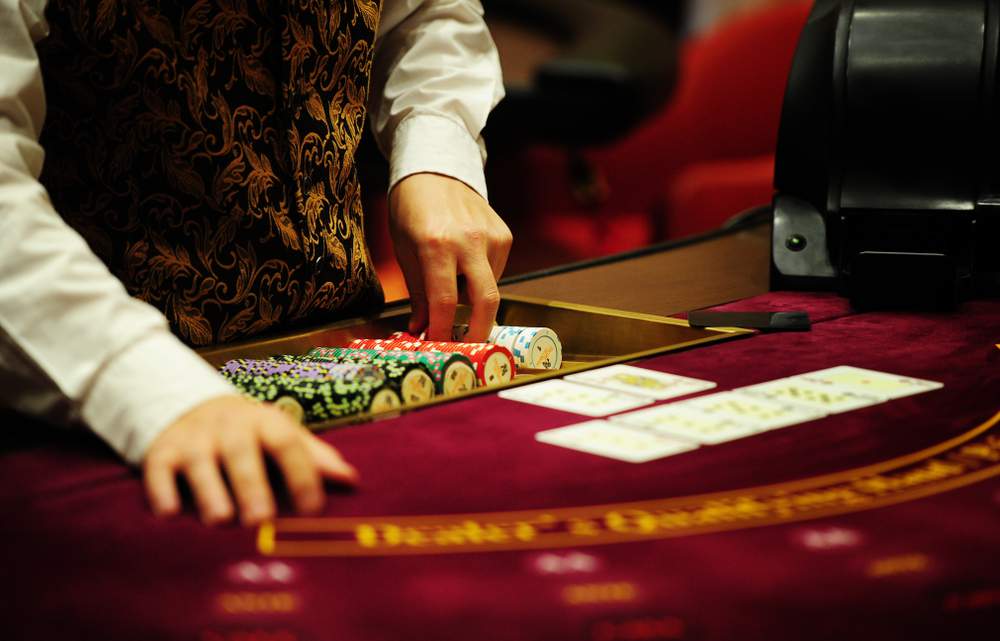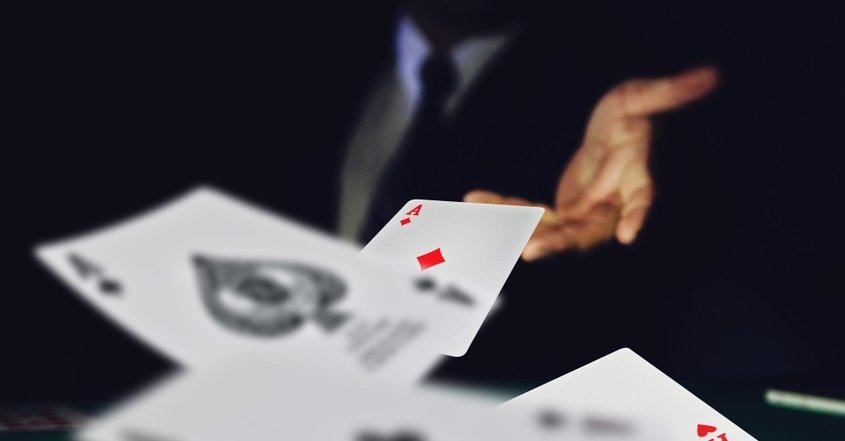

The wheel is where the real magic happens in the game of roulette. It’s the core where the fate of all bets made is decided.
While it’s unimaginable to think of yourself as a roulette player without knowing the basic payout rules, it’s ultimately the wheel that makes the game.
From a design standpoint, much has changed since the roulette cylinder was invented by Blaise Pascal in the 17th century while trying to create the ever-evasive perpetual motion machine. As in-depth online descriptions suggest, most of the numbers envisioned by Pascal in his prototype are still the same (with minor differences) and the initial payouts for the classic game versions have stayed the same.
Over the years, the so-called devil’s wheel has gained immense popularity to become a quintessential image in the casino scene. No wonder historically most roulette cheats make the wheel their primary target.
Nevertheless, not all roulette wheels are created the same. That’s why the first thing most roulette players do is decide whether to play American roulette or French/European roulette.
Let’s not forget there exists a series of other roulette variants in between.
In this post, we’ll plunge into the mechanics, physics, and science of the roulette wheel — how it works.
Plus, we’ll provide you with handy tips and secrets that casinos don’t want you to know when it comes to beating the wheel and making more wins at roulette.
How the Roulette Wheel Works
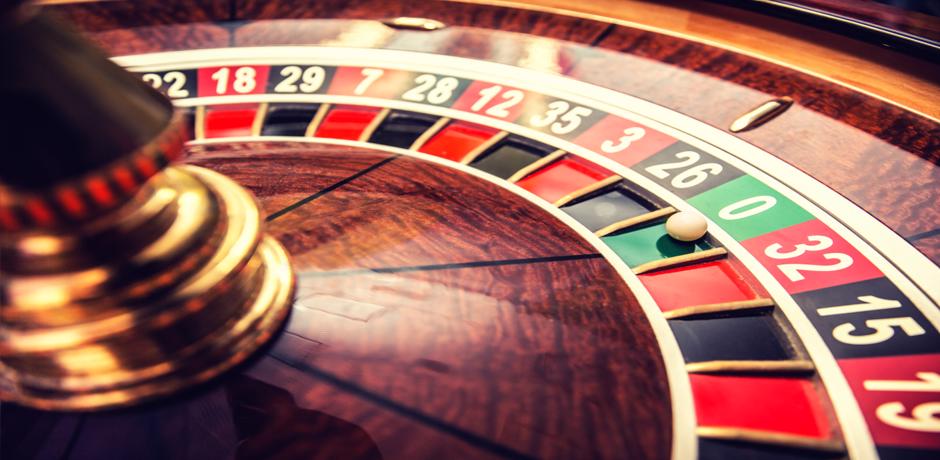
In every round of roulette play, the dealer spins the wheel in one direction (usually clockwise), then rolls the ball in the other direction (counterclockwise). The ball will roll on an outer circular track that’s steeped until it lands on one of the wheel’s pockets.
Even though not obvious to the untrained eye, there’s a lot that goes on between the time the ball is rolled and when it lands. And it all boils down to the mechanics of the wheel.
To get a clearer picture, it’s important to understand the core parts of a roulette wheel, and find out what role each plays.
Major Parts of the Roulette Wheel
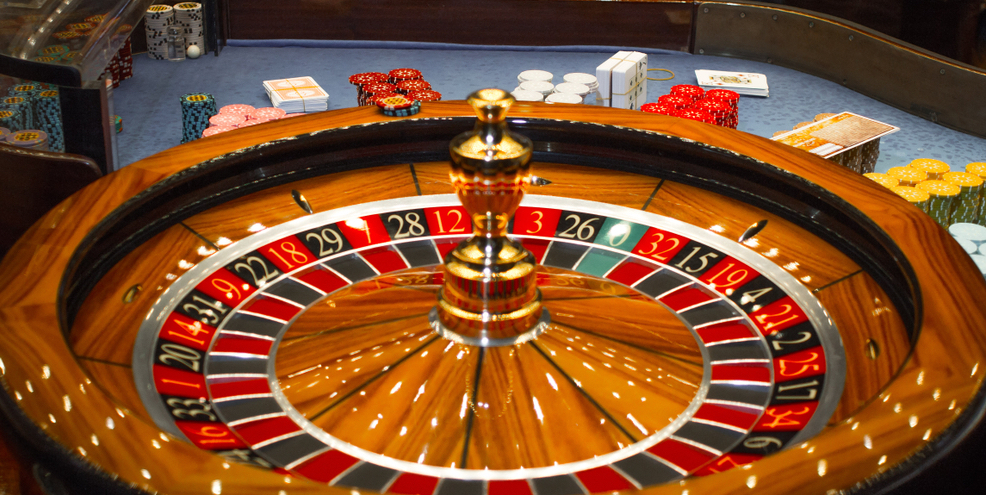
a) The Diamonds
If you look closely at the outermost circular part of the roulette wheel, you’ll notice that the track is fitted with metal deflectors located at strategic spots.
Also known as deflectors, slats, pins, stops or disruptors, these metal deflectors aren’t there for aesthetic purposes. They help hit or deflect the ball and therefore disrupt its trajectory, making the outcome truly random.
Some diamonds face along the curve while others are installed perpendicular to the spin direction.
Of more importance to your gameplay and strategy is that the ball tends to hit some diamonds more often than others. These are aptly known as “dominant diamonds.”
Dominant deflectors occur for several reasons, including manufacturing defects, normal wear & tear, malfunction in the wheel, and so forth. In many cases, there may be one or two dominant diamonds.
If you figure out that a wheel has a dominant diamond before the casino does, this can certainly work in your favor. Unfortunately, casinos will remove the wheel once they discover the same.
(b) The Ball Track
The ball track is what it seems like — the circular path on which the ball rolls before diamonds deflect it. This is crucial if you want to use the prediction method to beat the table.
You see, in previous years, the ball track had lips where the ball would roll before settling on the diamonds when much of its speed as been lost. At the time, players would predict where the ball would land from the track lips.
Today’s ball tracks no longer have track lips, which makes it difficult for players to use the prediction technique. Without track lips, the ball jumps, swings, and strolls around before being deflected into the pocket.
Even still, modern ball tracks are prone to mechanical wear & tear, especially cracks. Regardless of how the wheel is maintained, cracks will appear at some point.
If the casino doesn’t adjust the wheel, the croupier will tend to roll the ball from the same few spots, causing cracks and the appearance of dominant diamonds sooner than later. Velstone type wheels are less susceptible to these effects than epoxy wheels.
Even so, dominant diamonds can occur if the ball track is slanted, poorly designed or not installed properly. Even a slant of 1mm can create distinct dominant deflectors.
(c) The Frets
A fret is what separates two pockets on the wheel. It’s usually crafted from non-magnetic materials like brass, aluminum, copper, plastic, and so forth. High-profile wheels have high frets and vice versa.
Low-profile frets create a smooth flow of the ball over the pockets, adding more randomness to where the ball will eventually land. Some roulette wheels come with pre-designed frets with pre-fixed pockets, width, and height, reducing bias in the game.
(d) The Rotor
The rotor is the innermost part of the roulette wheel, which usually rotates with the pockets. Because it’s responsible for the biggest portion of the bias, casinos usually switch rotors between wheels.
Considering that the rotor weighs about 66 pounds, any imbalance or physical defects in the component will probably cause bias, making it easy for players to predict the game.
(e) The Base
Typically composed of wood material with a metal core, this is the outer part of the roulette cylinder. It’s made with sturdy material, making the roulette as a whole durable and stable.
The ball track is the most delicate component of the base, and slight damage can have a domino effect on the wheel, creating a bias that players can take advantage of.
(f) The Shaft
Measuring 32” in diameter, the bowl is the most prominent part of the roulette wheel. It consists of the low ball tracks, spindle/shaft, ball track, and the wooden panel.
The shaft is the crucial component that supports the wheel’s rotor. If the wheel isn’t maintained appropriately, the shaft is most likely to slant or bend, creating a bias. That means that the wheel rotor will revolve on a bent angle, implying that the ball with land on the lower side of the slant.
If you can notice such an issue with the spindle or shaft, you can easily clean the house before they find out and thus decommission the wheel.
The Pockets
These are slots where the ball eventually lands. Each pocket has the winning number written on it.
As you might have seen, there are several types of pockets, with notable differences in fret design, depth of the pocket pad, etc.
Most recently, casinos have embraced roulette wheels with shallow pockets, meaning the ball will scatter over them instead of getting stuck wherever it lands. In the past, the pockets were more profound, making it a little easier for players to predict.
Today, however, some wheels have frets that slant inwards, so the ball can easily hop from the narrow pocket to the next one. This makes it difficult to anticipate where the ball will finally land.
Before knowing the most common myths that negatively affect your rounds, so you’re familiar with the rules and table layout. Here are the three most common types of roulette wheel pockets:
Low fret – These are shallow pockets because they have low-profile frets on either side. Such frets create more variance and reduce the predictability of the ball’s landing. They were designed by a game engineer called George Melas.
Huxley Starburst – These pockets are triangular, deflecting the ball in one or the other direction. Typically, this design reduces scatter, the predictability of where the ball will bounce. If you are keen enough, you can easily predict Huxley Starburst outcomes.
Scalloped Pockets – Cammegh Wheels are well known for having scalloped pockets. These resemble low-profile frets, but the pockets take the shape of metallic scoops or spoons.
Even though they are similar to low-profile frets is several ways, the scalloped pockets reduce the jumping or hopping of the ball. However, the scatter or predictability of the ball bounce is quite huge.
Determining which type of pocket is more predictable or delivers the most randomness depends on several factors, including where the ball falls, its trajectory on the track, the position of the dominant diamonds (if they are there), the condition of the shaft, and the speed of the rotor.
When all are considered. However, Huxley Starburst pockets tend to have the highest level of randomness.
American Roulette Wheel vs. European Roulette Wheel
You’d be forgiven, but you’d be wrong, for thinking that the different types of roulette — European, American, and French — are created the same. The American roulette is different by design, gameplay, and layout from its European or French counterparts, but they do share some similarities.
Perhaps the most notable difference is that the American roulette wheel has an additional double zero (00) pocket on the cylinder.
Let’s take a closer look.
European Roulette Wheel
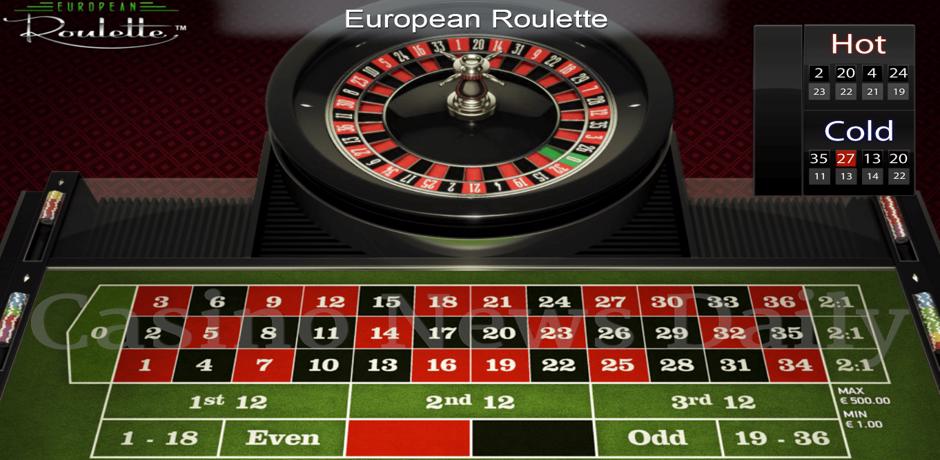
Most seasoned players prefer to play French roulette over European roulette because La Partage and En Prison rules can be applied, helping reduce the house edge further in favor of the player.
That’s just about the only difference.
In saying so, the French and European roulette wheels have 37 pockets, ranging from 0 through 36.
Given that it has only one zero slots, the average house edge of European roulette is 2.7%, which is significantly lower than that of the American roulette.
Colorwise, the 36 number pockets are equally split, with 18 being red and the rest 50% black, while the zero pocket is green. Starting with zero slot and moving clockwise, the sequence of the pockets is as shown below:
0, 32, 15, 19, 4, 21, 2, 25, 17, 34, 6, 27, 13, 36, 11, 30, 8, 23, 10,5, 24, 16, 33, 1, 20, 14, 31, 9, 22, 18, 29, 7, 28, 12, 35, 3, and 26
Some bets are specific to European or French roulette and are usually placed by the croupier following the player’s orders. The dealer normally shouts out these bets before placing them for the CCTV and to avoid any confusion.
They include:
Voisins du zero: This is French for zero’s neighbors. And accordingly, this nine-chip bet covers all neighbors to 0 and zero itself (i.e. 22, 18, 29, 7, 28, 12, 35, 3, 26, 0, 32, 15, 19, 4, 21, 2, 25).
- One chip each goes to splits 32-35, 19-22, 18-21, 12-25, and 4-7.
- Two and one on 29-28-26-25 corner
- Bet two chips on 0-2-3 trio
Zero play: this is 4-chip bet that covers immediate zero neights – i.e 15, 32, 0, 26, 3, 35, 12
- One chip on 35-32 split
- One straight-up chip on 26
- One chip on 15-12 split
- One chip on 3-0 split
Orphelins: Also called orphans, this five-chip bet covers number 9, 31, 14, 20, 1, 6, 34, and 17
- One chip each on splits 34-31, 20-17, 17-14, and 9-6
- One straight up chip on 1
Tiers: This is a six-chip bet that covers numbers 27, 13, 36, 11, 30, 8, 23, 10, 5, 24, 16, and 33. In this bet, one chip each goes to splits 36-33, 30-27, 24-23, 16-13, 11-10, and 8-5.
Neighbors: Any neighbors bet covers 5 consecutive numbers on the roulette wheel. You mention the middle number to the croupier and the bet will cover two adjacent numbers on either side.
American Roulette Wheel
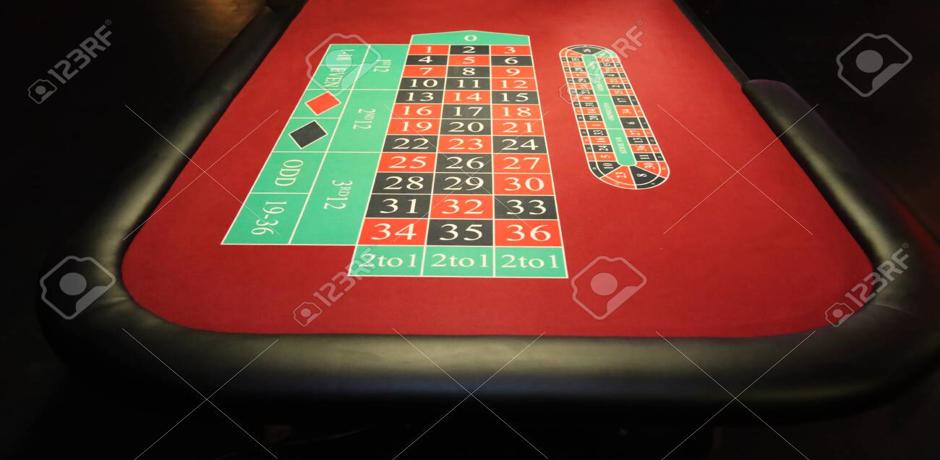
American roulette table on reddish background
What makes the American roulette wheel different from the European version is the fact that it has an extra double (00) slot, which is located at the opposite side from the single zero (0) slot.
Exactly like the European roulette, American roulette wheel also features numbers 1 through 36, which means it has a total of 38 pockets. 50% of these pockets are black, the other 50% are red, while the two zeros are green.
Because of the additional double zero slot, the house edge of American roulette is theoretically higher at 5.26%. Starting with single zero number and counting counterclockwise, the sequence of the wheel is as shown below:
0, 2, 14, 35, 23, 4, 16, 33, 21, 6, 18, 31, 19, 8, 12, 29, 25, 10, 27, 00, 1, 13, 36, 24, 3, 15, 34, 22, 5, 17, 32, 20, 7, 11, 30, 26, 9, and finally 28
As you can see, the two are different in terms of the sequence and number of pockets and the house edge. However, the coloring of the slots is essentially the same.
What is the Logic Behind the Sequence of the Roulette Wheel?
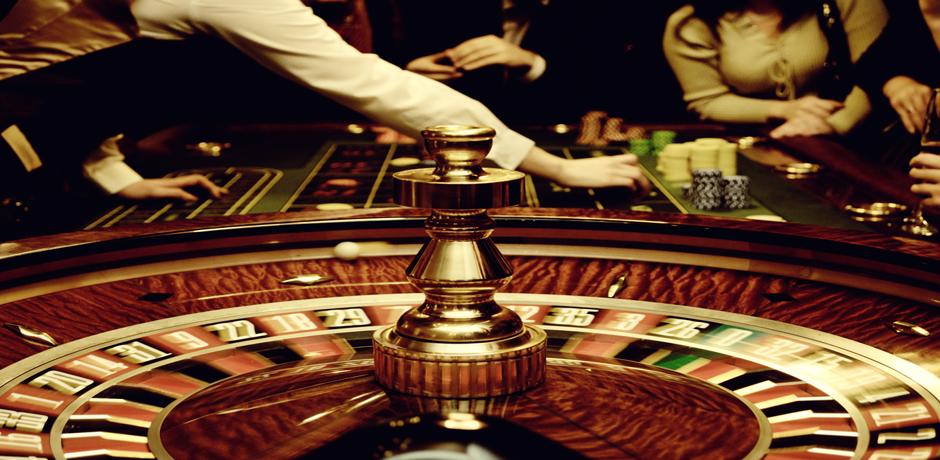
In both European and American roulette, the sequence of the numbers (pockets) on the wheel is very different from what you’d expect. For instance, the number 11 comes right after 36 instead of 10 in the arithmetic sense.
What’s the logic behind this somewhat awkward sequence? It turns out wheel manufacturers and, indeed casinos designed this layout to achieve the following 4 key results:
- Make sure even and odd numbers are uniformly distributed on the wheel, ensuring that as few odd or even numbers as possible are neighbors.
- There is an optimal alternation between high (19-36) and low (1-18) numbers
- The colors (except for greens) should alternate entirely along the roulette wheel.
- Somewhat laughable, the sequence was also meant to cause some confusion to the players, so they can’t predict the gameplay.
Does the Deceleration Rate of the Ball Affect the Gameplay?
Although modern technology has gotten rid of many issues that affect the roulette wheel, one problem remains the ball’s deceleration as it rolls across the wheel.
Deceleration doesn’t affect most of the recent iterations or versions of the table, and manufacturers are working full-time to put the issue to rest once and for all.
Which are the Most Prominent Manufacturers of Roulette Wheels?
If you know the roulette wheels inside-out, then you might be familiar with big names like Abbiati, Cammegh, and John Huxley will not come as a huge surprise.
One of the oldest makers of roulette wheels, John Huxley, remains one of the most popular. Abbiati is the new kid on the block but has already cut a niche for itself in that short time.
Perhaps the most recognizable wheels in land-based casinos are Cammegh Classic and Huxley Mk7.
But how can one make sure the wheel is player-friendly?
Gunning for a modern design like Huxley Mk7 may be your best shot. However, you must watch the wheel for a few minutes to see if it pays out.
In any case, see that your wheel of choice isn’t defective if the ball strikes only one or two diamonds/deflectors. Also, ensure the ball rolls without jumping or swinging on the ball track.
Roulette Winning Secrets: What to Look for:
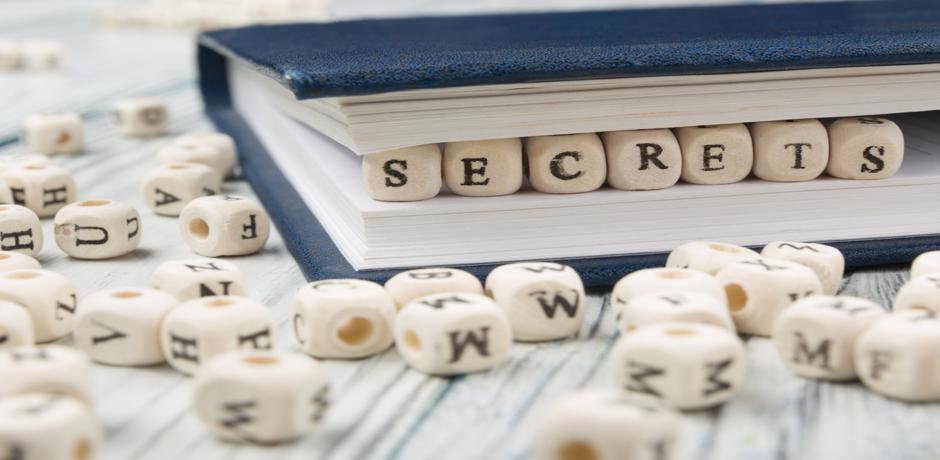
1- Poorly Trained Casino Staff
Whereas casinos try to keep up with technological changes, some may still have wheels that run on old systems, which means they can be predictable by a smart player.
Nonetheless, most casinos have software that analyzes outcomes for any predictable pattern. The good thing is that it usually takes the algorithm several days if not weeks to fish out any bias.
If the dealer and roulette staff are well-trained, they may find the bias sooner than the software.
As such, you should always find a table where the staff doesn’t seem to know how the roulette is beaten, especially if you are planning to use a predictive technique.
2- Dominant Deflectors
We have already discussed this subject in great detail above. Since the ball is often rolled from the same point, wear & tear can happen in particular areas of the wheel. This creates dominant diamonds.
If the wear & tear are very pronounced, the dominant diamonds will be so obvious that you can predict where the ball will land with a high degree of accuracy.
3- Design
Yes, manufacturers go above and beyond to design optimally random roulette wheels. However, it’s hard for something that uses manual components to be 100% random and unpredictable.
In saying that, the design of the wheel should tell you a little bit about the gameplay of roulette. Don’t forget that the 2.7% house edge is factored in somewhere — it’s all upon you to use the design elements to your advantage.
4- Check for manufacturing defects
Roulette wheels do have defects, no matter how small they are. These defects make the wheel predictable to some extent. As an intelligent player, you should look for slants, cracks, imbalance, and other manufacturing defects so you can determine how the ball will fall in your favor.

